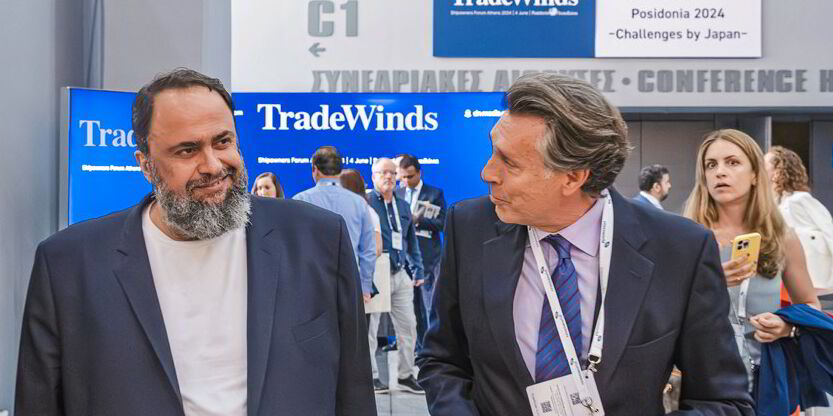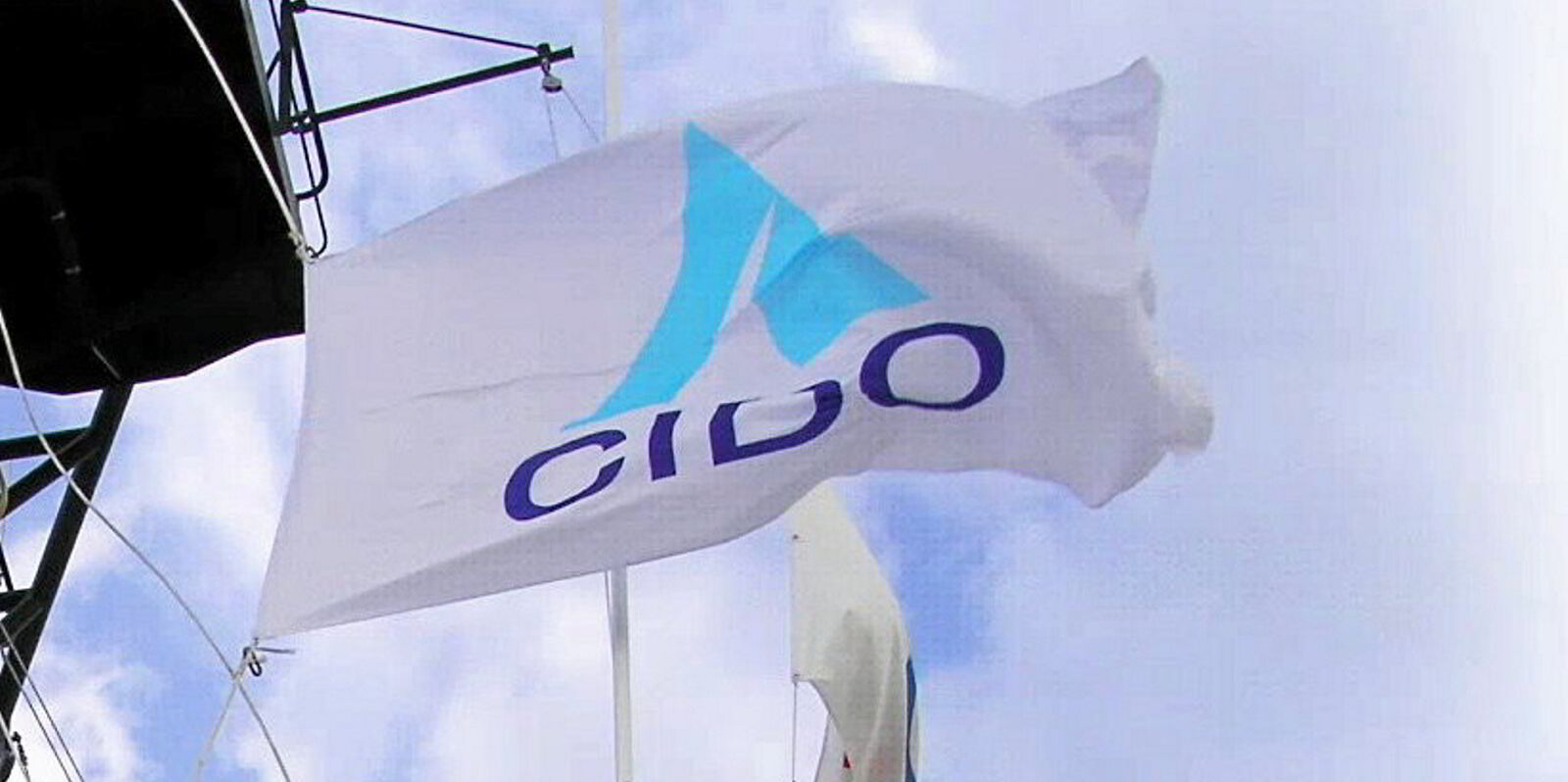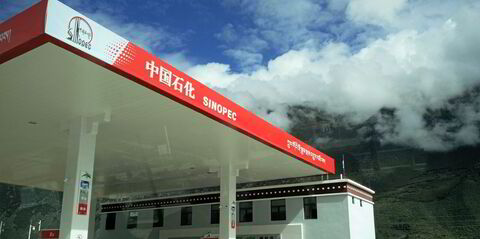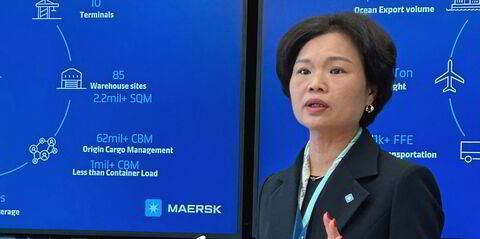A “bold” $18bn investment in gas carriers by Greek shipowners could reshape global trade, according to VesselsValue analyst Dan Nash.
The associate director of valuation and analytics at the Veson Nautical platform said major names are future-proofing their portfolios with a big “gas gamble” on new LNG and LPG ships.
Nash called the shipyard spending since 2021 unprecedented, as companies diversify from traditional tanker, bulker and container ship sectors.
The investments include $13.8bn on 59 LNG carriers and $4bn on 41 LPG vessels.
Over the same period, Greek owners spent $12.2bn on 167 tankers, $4.1bn on 109 bulkers and $3.1bn on 39 boxships.
“In a decade defined by volatile markets and seismic shifts in shipping dynamics, Greek shipowners have taken bold investment stances that could shape the future of global trade,” said Nash.
“Greek shipowners are clearly planning for future increases in gas and LNG supply in the global energy mix with these speculative investments,” he added.
Evangelos Marinakis has been leading the way.
His Piraeus-based Capital Ship Management has contracted 15 large LNG vessels, two very large ammonia carriers, eight medium gas carriers (MGC) and four CO2 carriers for a combined spend of $4.7bn.
Athens-based Maran Gas, the Angelicoussis company, comes next with a total spending of $3.3bn, which includes 15 large LNG carriers.
Prices to remain high for now
Another Athens owner, Evalend Shipping, comes third after having invested $3bn in 12 VLGCs, two MGCs, two VLACs and six large LNG carriers.
Nash expects newbuilding prices to remain elevated after having hit their highest levels since 2008.
The large number of orders for container ships and LNG vessels in 2021 and 2022 has exerted even more pressure on shipyard capacity and building periods, he said.
Due to the increase in orders, shipyards have held the upper hand in negotiations and prices have climbed, Nash added.
“Whilst we do not foresee a repeat of the ordering volumes from the pandemic years, we expect to see newbuilding prices for container vessels rising above the upward trendline of other sectors,” the analyst argued.
Our expectations are for container newbuilding prices to continue to rise in 2024 and into 2025 at a higher pace than in the other sectors, he added.
But the slower pace of ordering overall should eventually bring prices down in one or two years, Nash believes.




